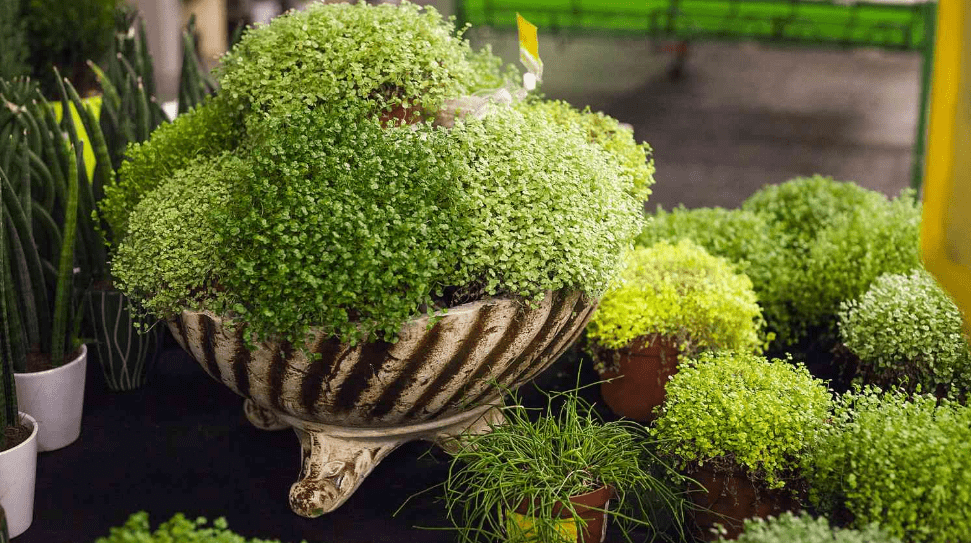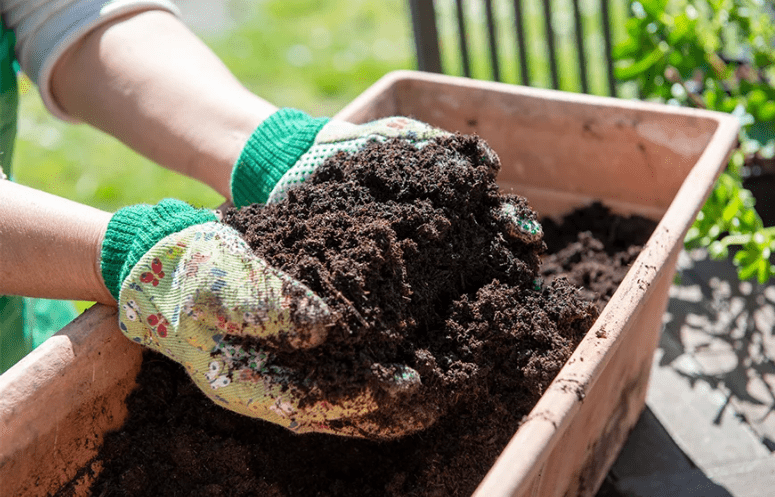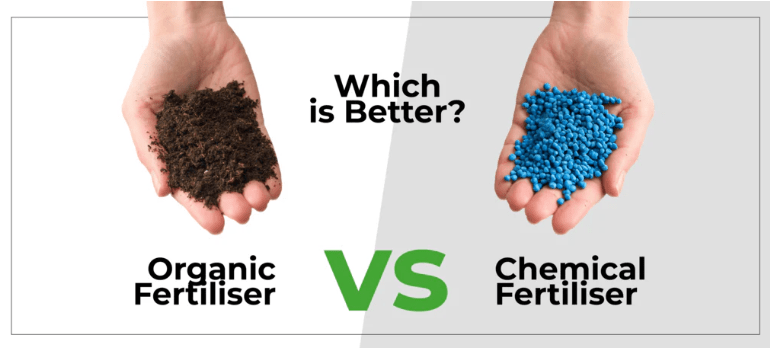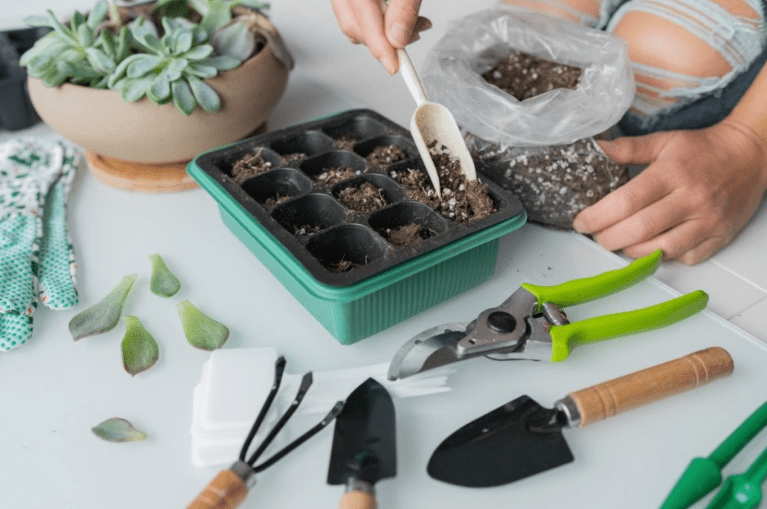
Baby Tears Plant Care: Tips for Thriving Indoor Greenery
Baby tears plants, also known as Soleirolia soleirolii, are delicate and beautiful indoor greenery that can add a touch of nature to any home. However, caring for these plants can be a bit tricky, as they require specific conditions to thrive. In this post, we’ll cover everything you need to know about baby tears plant care, including watering, sunlight requirements, pest control, and propagation methods. Whether you’re a seasoned plant parent or a newbie to indoor gardening, this guide will help you keep your baby tears plant healthy and vibrant.
Table of Contents
ToggleUnderstanding Baby Tears Plant
A. Description and characteristics
Baby tears plants are small, delicate, and low-growing plants with tiny, round leaves that resemble tears. They are native to Corsica and Sardinia and are commonly used as ground cover in terrariums or as a hanging plant. Baby tears plants thrive in humid environments and are often grown as houseplants due to their attractive appearance and easy care.
B. Benefits of growing Baby Tears indoors
- Air purification: Baby tears plants are known for their ability to purify the air by removing toxins and impurities, making them a great addition to indoor spaces.
- Stress reduction: The lush, green foliage of baby tears plants can help create a calming and relaxing atmosphere, making them beneficial for reducing stress and promoting a sense of well-being.
- Aesthetic appeal: The dense, vibrant foliage of baby tears plants adds a pop of greenery to any indoor space, making them a popular choice for decorating and adding visual interest to a room.
Overall, growing baby tears plants indoors can enhance the aesthetic appeal of your home while also providing numerous health and wellness benefits.
Choosing the Right Environment
A. Ideal light conditions
1. Importance of indirect sunlight
Baby tears plants thrive in bright, indirect light, making them an ideal choice for indoor spaces with ample natural light but without direct sunlight. Placing them near a window or in a room with plenty of natural light will ensure they receive the right amount of light for healthy growth.
2. Managing low light conditions
If you’re in a space with low light conditions, you can still successfully grow baby tears plants by using artificial grow lights. These can provide the necessary light for the plants to thrive, even in areas with minimal natural sunlight. It’s important to monitor the plants closely and adjust the lighting as needed to ensure they are receiving the right amount of light for optimal growth.
B. Optimal temperature and humidity
1. Preferred temperature range
Baby tears plants thrive in temperatures between 60-75 degrees Fahrenheit, making them well-suited for indoor environments. It’s important to avoid extreme temperature fluctuations and keep the plants away from drafts or heating vents to ensure they remain healthy and vibrant.
2. Maintaining humidity levels
Baby tears plants prefer high humidity levels, so it’s important to keep their environment consistently moist. This can be achieved by misting the plants regularly with water or by placing a tray of water near the plants to increase humidity levels. Additionally, grouping multiple plants together can help create a more humid microclimate for them to thrive in.
3. Use of humidifiers and pebble trays
Using a humidifier can be an effective way to maintain the high humidity levels that baby tears plants prefer. Simply place the humidifier near the plants and adjust the settings to achieve the optimal humidity level. Another option is to use pebble trays filled with water, placing the plants on top of the pebbles so that they can benefit from the evaporating water. This can help create a more humid environment for the plants to thrive in.
Potting and Soil Requirements
A. Selecting the right pot
1. Importance of drainage
Selecting the right pot with proper drainage is essential for the overall health of your plants. Without adequate drainage, excess water can accumulate in the soil and lead to root rot or other issues. Look for pots with drainage holes or consider adding your own if necessary to ensure that water can easily escape from the soil.
2. Recommended pot materials
When it comes to selecting the right pot, there are a variety of materials to choose from. Terracotta pots are a popular choice as they are porous and allow for good air and water circulation. Plastic pots are lightweight and also provide good drainage, while ceramic pots are durable and come in a wide range of designs. It’s important to consider the specific needs of your plant when selecting a pot material.

B. Soil mix and composition
When it comes to selecting a soil mix for your plants, it’s important to consider the specific needs of each plant. Different plants require different soil compositions, so it’s important to research the specific requirements of your plants. Generally, a good quality potting mix with a combination of organic matter, perlite, and vermiculite provides good drainage and aeration for most plants. Some plants, such as succulents and cacti, may require a specialized soil mix with added sand or grit for improved drainage. It’s important to choose a soil mix that meets the specific needs of your plants to ensure they thrive.

Watering Tips
A. Proper watering techniques
When it comes to watering your plants, there are a few key techniques to keep in mind. First, it’s important to water your plants consistently, but not excessively. Overwatering can lead to root rot and other issues, so it’s important to allow the soil to dry out slightly between waterings.
Secondly, it’s important to water your plants at the base, rather than from above. Watering at the base of the plant helps to avoid wetting the foliage, which can lead to disease and mold issues.
Lastly, it’s important to water your plants in the morning or early evening, rather than during the heat of the day. This helps to minimize evaporation and ensures that the water has a chance to soak into the soil effectively.
By following these proper watering techniques, you can help ensure that your plants receive the right amount of moisture and thrive.
B. Signs of overwatering and underwatering
Signs of overwatering include yellowing or wilting leaves, mushy or brown roots, and a foul odor coming from the soil. On the other hand, signs of underwatering include dry, brown, or crispy leaves, slow growth, and wilting. It’s important to monitor your plants closely and adjust your watering schedule as needed to ensure they are getting the right amount of water.
Feeding and Fertilizing
A. Nutritional needs of Baby Tears
Baby tears, also known as Soleirolia soleirolii, are low-maintenance plants that thrive in moist, well-draining soil. They do not have high nutritional needs and usually do not require regular feeding or fertilizing. However, if you notice slow growth or pale leaves, you can apply a balanced liquid fertilizer at half strength every 4-6 weeks during the growing season. Be sure not to over-fertilize, as this can harm the delicate roots of the plant. It’s best to start with a conservative approach and adjust as needed based on the plant’s response.
B. Organic vs. synthetic fertilizers
When it comes to fertilizing baby tears, both organic and synthetic fertilizers can be used. Organic fertilizers, such as compost or fish emulsion, can provide slow-release nutrients and help improve soil health. Synthetic fertilizers, on the other hand, are readily available and can provide a quick boost of nutrients to the plant. Ultimately, the choice between organic and synthetic fertilizers depends on personal preference and the specific needs of the baby tears. Just be sure to follow the instructions on the fertilizer package and avoid over-fertilizing to prevent damage to the plant.

Pruning and Maintenance
A. Pruning techniques for healthy growth
Pruning baby tears involves removing any dead or yellowing leaves, as well as trimming back any overgrown or leggy stems to encourage new growth and maintain a compact, dense appearance. It’s important to use clean, sharp scissors or pruning shears to make clean cuts and avoid damaging the plant. Regular maintenance, such as removing debris and gently misting the plant to keep it hydrated, can also help promote healthy growth and keep the baby tears looking their best.

B. Regular maintenance practices
Regular maintenance practices for baby tears include keeping the soil consistently moist, but not waterlogged, as well as providing bright, indirect sunlight. It’s important to regularly check for pests and treat any infestations promptly. Additionally, periodically rotating the plant to ensure even growth and avoiding sudden temperature fluctuations can also help promote overall health and vitality. Overall, providing consistent care and attention to the baby tears will help maintain their lush and vibrant appearance.
Propagation Methods
A. Step-by-step guide for successful propagation
Step 1: Division – Gently remove the baby tears plant from its pot and separate it into smaller sections, making sure each section has roots attached.
Step 2: Planting – Replant the sections in new containers filled with well-draining soil, making sure to water them thoroughly after planting.
Step 3: Stem cuttings – Take 2-3 inch cuttings from healthy stems of the baby tears plant, remove the lower leaves, and place the cuttings in water or moist soil to encourage root development.
Step 4: Layering – Choose a low-growing stem of the plant and carefully secure it to the soil with a small weight or pin. Over time, the stem will develop roots and form a new plant.
Step 5: Care and monitoring – Provide the propagated plants with regular water, sunlight, and proper care to ensure their growth and development. Check on them regularly for any signs of stress or issues.
By following these step-by-step propagation methods, you can successfully expand your baby tears collection and fill in any gaps in their growth.
B. Materials needed
Materials needed for these propagation methods include sharp scissors or pruners for taking stem cuttings, a small weight or pin for layering, and water or moist soil for encouraging root development. Additionally, you may need pots or containers for planting the rooted cuttings or new plants. It’s also important to have a suitable location with proper sunlight and watering schedule for the newly propagated plants. With the right materials and care, you can successfully propagate and expand your baby tears collection.

Dealing with Common Problems
A. Pests and diseases
When dealing with common pests and diseases in your baby tears collection, it’s important to first identify the issue at hand. Common pests that may affect baby tears include spider mites, aphids, and mealybugs. To address these issues, you can use insecticidal soap or neem oil to control and prevent infestations. It’s also important to regularly inspect your plants for any signs of pests or diseases and take appropriate action if necessary. Additionally, ensuring proper air circulation and avoiding overwatering can help prevent common diseases such as root rot and powdery mildew. By being vigilant and proactive in addressing these common problems, you can help keep your baby tears collection healthy and thriving.
B. Troubleshooting common issues
It’s important to regularly inspect your plants for any signs of pests or diseases, such as spider mites, aphids, or mealybugs. Use insecticidal soap or neem oil to control and prevent infestations. Proper air circulation and avoiding overwatering can help prevent common diseases like root rot and powdery mildew. By taking these proactive measures, you can help keep your baby tears collection healthy and thriving.
Integrating Baby Tears into Indoor Decor
A. Creative ways to display Baby Tears
One creative way to display your baby tears is by placing them in a terrarium or glass container with pebbles and decorative stones. This not only adds a pop of greenery to your living space but also creates a mini ecosystem for the plants to thrive in. Another idea is to use hanging planters or macrame plant hangers to showcase your baby tears in a visually stunning way. You can also try arranging them in a decorative dish or tray and placing them on a windowsill or coffee table for a touch of natural beauty. By integrating baby tears into your indoor decor, you can add a touch of lushness and visual interest to your home.
B. Benefits of using Baby Tears in indoor landscaping
In addition to being visually appealing, baby tears are also great for indoor landscaping due to their low maintenance nature. They thrive in bright, indirect light and prefer high humidity, making them perfect for indoor environments. They also require minimal watering, making them a great choice for those with busy schedules. Baby tears are also known for their air-purifying properties, helping to improve the air quality in your home. Their small, delicate leaves add a touch of softness and elegance to any indoor space, making them a popular choice for indoor decor. Overall, integrating baby tears into your indoor landscaping not only adds beauty to your home but also comes with various practical benefits.
In conclusion, caring for your baby tears plant is all about providing the right amount of water, sunlight, and attention to keep it healthy and thriving. By following the tips and guidelines provided in this post, you can ensure that your indoor greenery adds beauty and life to your home. Remember to regularly check for pests and disease, and consider propagation methods to expand your collection of baby tears plants. With proper care, your baby tears plant will flourish and bring joy to your living space.
Frequently Asked Questions (FAQs)
Baby tears plants prefer to be kept consistently moist, so it’s best to water them when the top inch of soil feels dry to the touch. This may mean watering every 1-2 days, depending on the conditions in your home.
Baby tears plants thrive in bright, indirect light. They can also tolerate some direct sunlight in the morning or late afternoon, but too much direct sun can scorch their delicate leaves.
It’s best to fertilize your baby tears plant with a balanced, water-soluble fertilizer every 4-6 weeks during the growing season (spring and summer). Be sure to dilute the fertilizer to half strength to avoid burning the plant.
Yes, baby tears plants are easy to propagate. You can take stem cuttings and root them in water or directly in soil to create new plants.
If your baby tears plant starts to look leggy or sparse, you can trim it back to encourage new growth and a fuller appearance. Simply snip off the stems where you want to encourage new growth, and the plant will quickly fill in.
Baby tears plants prefer high humidity, so they may struggle in dry indoor environments. You can increase humidity by misting the plant regularly or placing a humidifier nearby.
Baby tears plants can be susceptible to pests such as spider mites and aphids, especially in dry conditions. Keep an eye out for any signs of infestation and treat them promptly with insecticidal soap or neem oil.
Baby tears plants have shallow root systems and don’t need to be repotted frequently. You can report them when they become root-bound or when you notice a decline in growth or health. Use a well-draining potting mix and a slight
